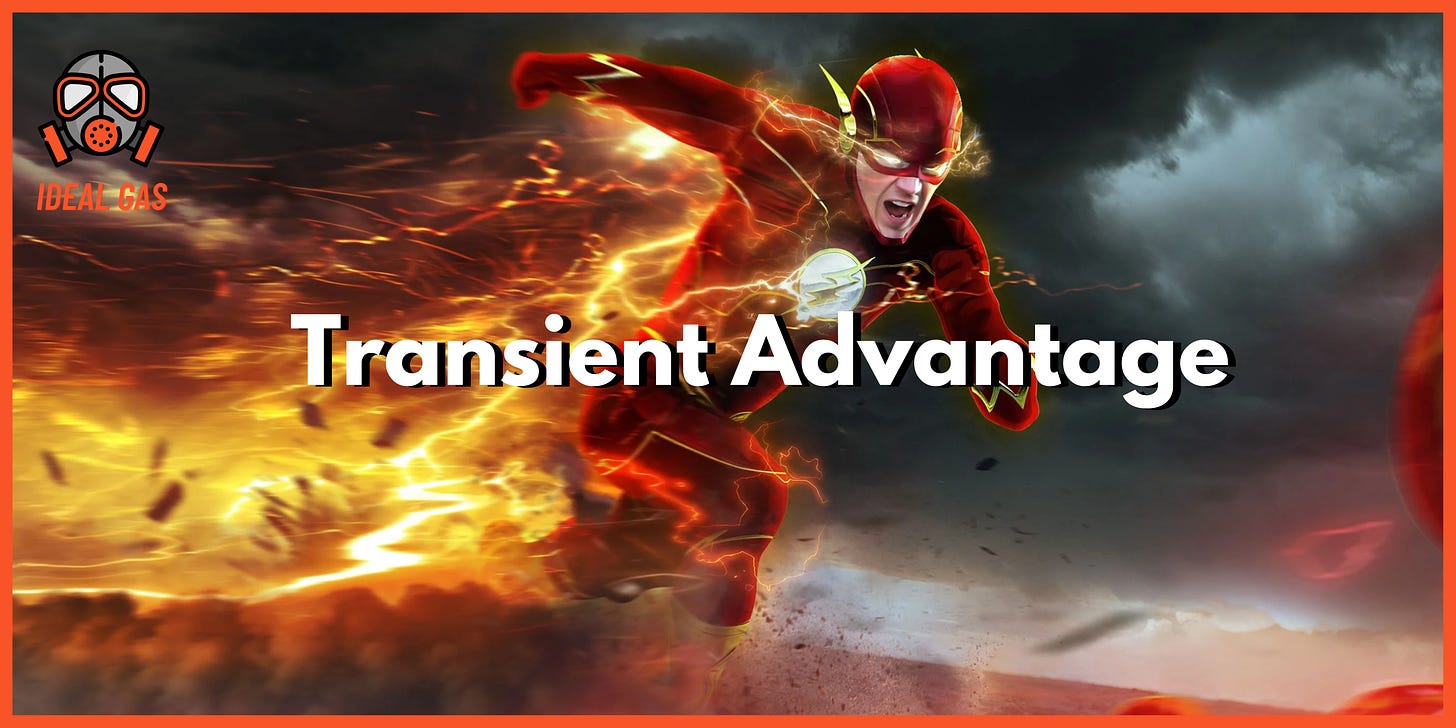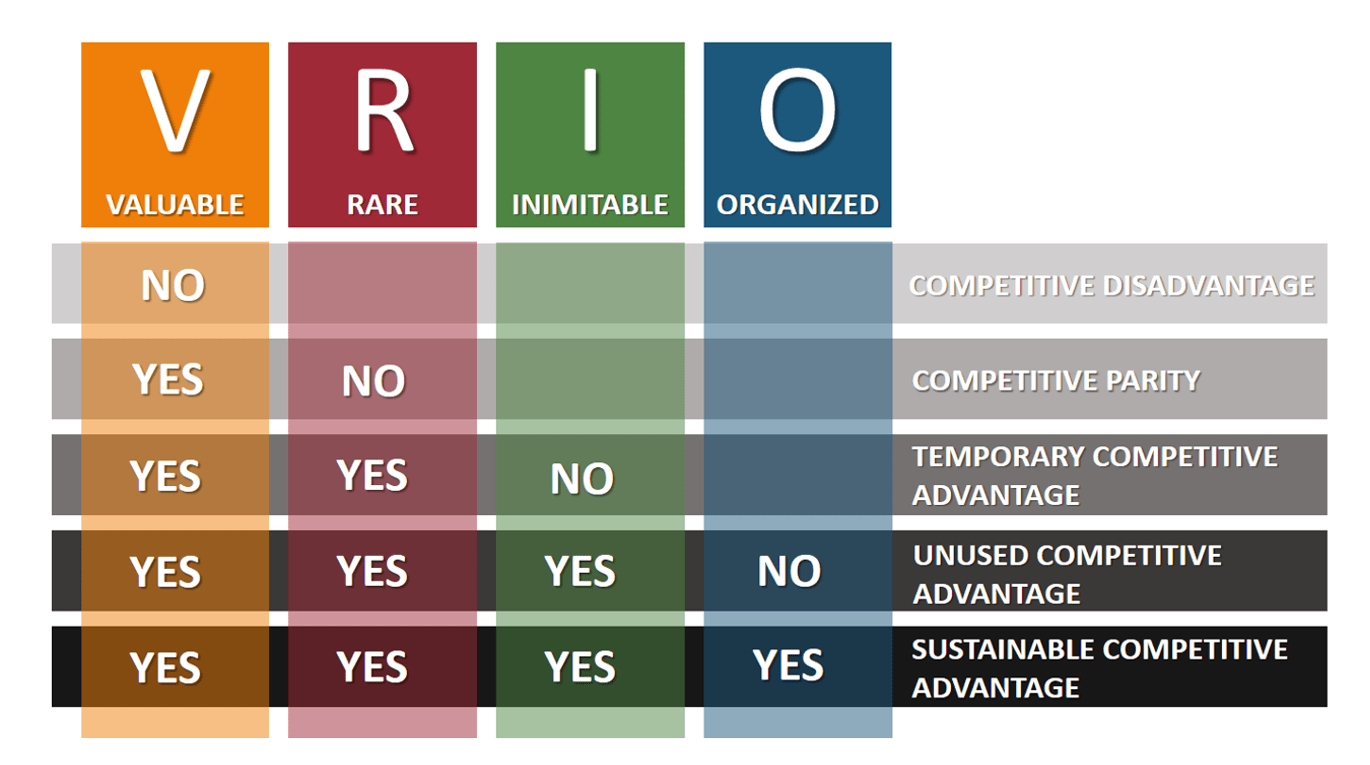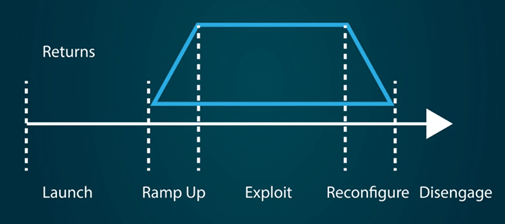One month to Christmas, and we will very soon see the kids at signals selling all Christmas-y things; from red hats to Santa masks. And when Christmas is done, like clockwork, it stops to make way for the next trending thing.
The informal sector always manages to keep up with the trends. From #ApnaTimeAega t-shirts, to knowing which 10 best-sellers to carry in your hand to sell, the street hawkers know their bets. To be able to earn that day, they must exactly know what to sell, and how.
The innovation is not limited to selling but begging too. Spend your first evening at the Promenade in Bandra and you will feel amazed, when a poor little boy/girl approaches you in fluent English, asking you to buy tissues and sharing their heart-warming story. If you are lucky, they might give you their Instagram handle as well. You feel that you need to do something for that hardworking kid. The next evening you go there, you will feel scammed as you watch another kid repeat the same drill.
The market intelligence they gathered for the kind of people that come to Bandstand:
People now don’t like giving money out of pity, rather they like rewarding hard work/talent
English is a very good proxy for hard work/talent and helps catch attention
Instagram reels are the way to be relatable, as people love showing off how they spent time with an underprivileged but talented kid
They see a trend; they test ways to extract value – and a business model is created. One can only awe at the efficiency with which trends are used and discarded - something that fast fashion companies fantasize, and big corporations can only dream of. Today, we explore the world of transient advantage.
The New Normal
A competitive advantage is any resource or capability that you or your organisation have, that gives you a ground to compete in the marketplace. It can be anything, research knowledge, deep pockets, the people, or your network. A quick recap of the VRIO model, should be sufficient to understand the types of competitive advantage.
Ask yourself, is your resource/capability Valuable? Rare? Inimitable? Organised?
Sustainable Competitive Advantage, has been for long deemed as the nirvana of organisations. It is sought and taught like the ultimate state of eternal bliss. And it should be. If you have a competitive advantage that nobody can imitate, and you know well how to extract the juice out of it – great!
Except, that now it is an exception, not the rule. SCA, is now only one of the best ways to run things.
In a world where a competitive advantage often evaporates in less than a year, companies can’t afford to spend months at a time crafting a single long-term strategy. To stay ahead, they need to constantly start new strategic initiatives, building and exploiting many transient competitive advantages at once. Transient advantage is the new normal.
Every trapezium that ever existed, had just one purpose - to have its area calculated. Today the curse is lifted, as we analyse the trapezoidal anatomy of the Transient advantage.
The stages are – Launch, Ramp-up, Exploit, Reconfigure, and Disengage. Not unlike the stock markets, predicting these stages is difficult. Specially, knowing when to re-configure and disengage. (Yes, I know your brain is screaming Kodak and Nokia).
Just like our lives, even organisations cannot be “set for life”, once they have one good profitable product. Sporadic innovation is no longer sustainable – continuous innovation is required in the new normal.
We have also been questioning the traditional concepts like the first mover advantage. It might still hold true for knowledge driven industries like aircraft design, or oncology. But look at Vodafone/Jio, or the way Microsoft is changing its models to keep-up with a host of it’s features countering GSuite/Zoom/Android OS. The new normal requires a new playbook.
The playbook
Re-writing some rules (Backed by authentic sources, of course)
1. Arena, not industry: The idea behind calling it an arena is that the notion of industries is blurring. Facebook is competing with Netflix for your attention and internet bandwidth, even though both are in different industries with different revenue models. The shift is focusing to a basket of related products/services a customer needs (Arena), instead of what one product/service that an organisation can mass-produce well (Industry).
2. Changing Metrics: Many of our articles harp on metrics, because only what gets measured, gets done. When looking at constant innovation, one can’t use the same success metric as that of the traditional business. Metrics that make constant innovation, conducive.
3. Experience focused: Orchestrating a good experience for the customer is tasking. Identifying with your customer & consumer, and standardising the best experience is a huge human resource task and would require a shift in culture. But an average product with great experience will trump an excellent product with average experience.
4. Sunk Cost fallacy: When you have stepped into the transient competitive advantage world, attachments to ideas/products have no place.
5. Fast, but not fickle: In a recent story by The Ken, on Ola, they described how Ola has always been on the move with transient competitive advantage. Prime play, self-drive options, Ola postpaid and wallet and the recent EV hustle. But the story goes on to describe how, in their haste to get commercial traction in the EV space, they rushed through the ramp-up phase. Now they are facing a host of issues and the product has critical flaws.
We are all smaller cogs in the wheel, talking about big strategies of billion-dollar companies. But the idea is to understand the world we are living in, and pick-up on the trends and skills required for us to excel – and maybe that will be our transient competitive advantage.
Do let us know of your how your favourite organisations are thriving in this transient economy and some that are not.







Agree! It's all about strategically managing innovation and implementing gales of creative destruction